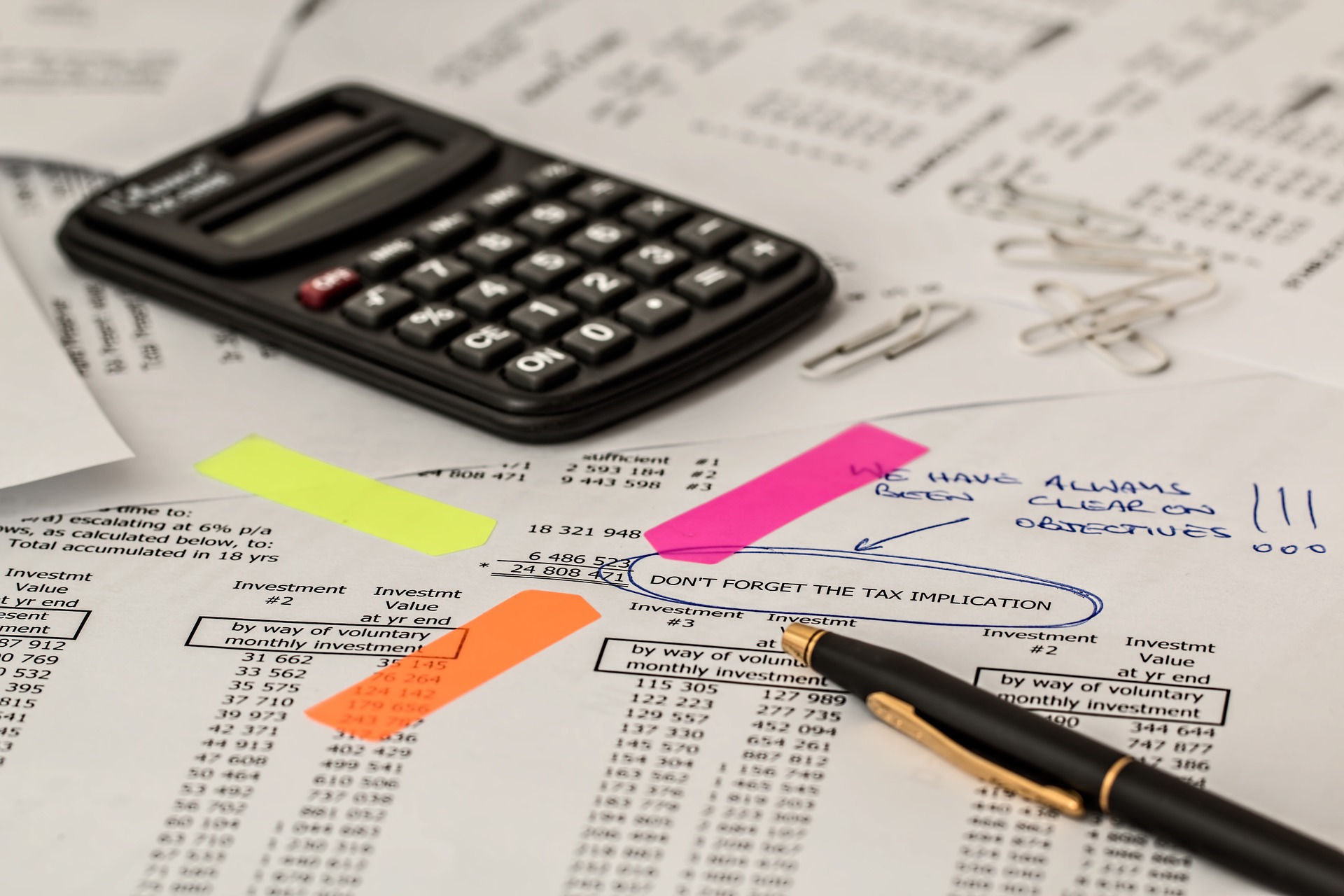A promotional event plays an important role in the success of your business. Planning this type of event may be challenging but if you know how to do it right, you and your organization can achieve huge benefits in the end.
To learn more about how to plan a promotional event for your business, please scroll down to find out the answer.
What Is a Promotional Event & Its Importance?
A promotional event is a popular occasion created for organizations looking to promote their particular products, advertise new products, or promote their whole company. By launching this event, you can draw customers’ attraction about your business and reach your target audience.
More than just attracting people, a well-promoted event’s chief purpose is to increase public awareness of the business. In addition, it also informs customers about your organization, products, prices, services and persuades them to buy the products of your company.
Planning Promotional Event With 5 Steps
Step 1
First and foremost, you need to define your goal and identify the target audience of your event. This is the most important factor because your promotional event tactics will depend mainly on your customers and the goals that you want to achieve.
The chief target might be increasing total revenue for your e-commerce marketplace or generating media coverage on your newly launched products which are about to be unveiled. However, having a defined goal enables you to build a strong, effective promotional event schedule and bring the right audience to your business.
Step 2
Choosing the proper type of promotional event is the next significant step in your process.
There are several ideas of promotional events for your intention to gather new customers, raise people’s awareness of your brand, express the brand’s gratitude to current clients, etc.
This post will show you the three most typical types of promotional events that you may find helpful to your organization.
The first one is fundraising events, created to support an organization’s mission, especially nonprofit companies. These companies will raise funds via selling products or services activities. Your organization can hold this type of event by hosting a gala, online or offline auctions, or musical performance.
Next, you can also opt for those promotional events like giving the public free food and custom bottled water. Who doesn’t love free stuff? No one.
The crucial aims of these events are to spread people’s awareness about a particular product, service or advertise the image, trademark of your brand to your target audience. Giving the crowd a free trial is a great way to give them a good impression of your brand.
The final type which we want to mention today goes to the award ceremony. The prize might be given to “the most loyal customer” or the one who has a winning ticket.
This type of promotional event shows your brand’s gratitude to loyal customers. And that will help you gain more target audience and make them want to stay longer with your brand.
Step 3
To keep track of all activities of your promotional event, a schedule with strict deadlines needs to be included. Because the bigger the event is, the more things your team needs to put on the calendar.
Having deadlines in your team’s plan would make your job less sophisticated and give you appropriate time to change the plan if something occurs unexpectedly.
Step 4
Since organizing a promotional event is not easy, you can share the load to distribute the promotional efforts to other stakeholders. Here are some tips for you.
Reach out to sponsors might be the best way to bring a helping hand to your business. Sponsors could easily help your brand access your target audience and re-enhance your promotional event’s key message on social media websites. They can also expand your company’s budget if your brand allows them to also display their products in your event.
You can consider another common way which is influencer marketing. If you can connect with influencers whose audiences are similar to your target customers, don’t hesitate to discuss this partnership marketing opportunity with them. Leveraging their influence in the industry is also a great way for your event to get closer to success.
Step 5
After having done all things above, following up with your event attendees is the last important step to decide the success of your event.
You might want your attendees to remember your brand’s message and come back to buy your products in the future. Thus, send them emails, give them some small gifts, marketing flyers, or whatever you can to make sure that they will remember your brand after the promotional events.
If they come back and choose your brand as a reputable solution, you can tell that your promotional event is successful.
Tips For Promoting Your Event Effectively On Social Media
- Using social media platforms wisely and suitable for your products/services.
- Paid for advertisements on Facebook, Youtube, Instagram, etc.
- Host a giveaway to pump up your brand awareness and help convert your followers to attendees.
- Using your promotional event’s hashtag everywhere and every time you have the chance.
Conclusion
Promotional events are amazing in helping you gain more customers and spreading your brand’s key message to the community. We hope that our topic of “How to plan a promotional event for your business” today could give you the answer that you’re looking for.
Good luck and see you next time!
Read Also:


























